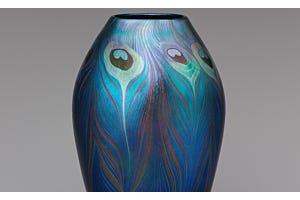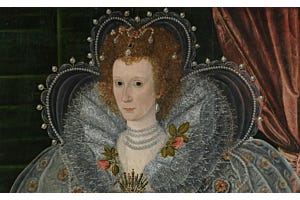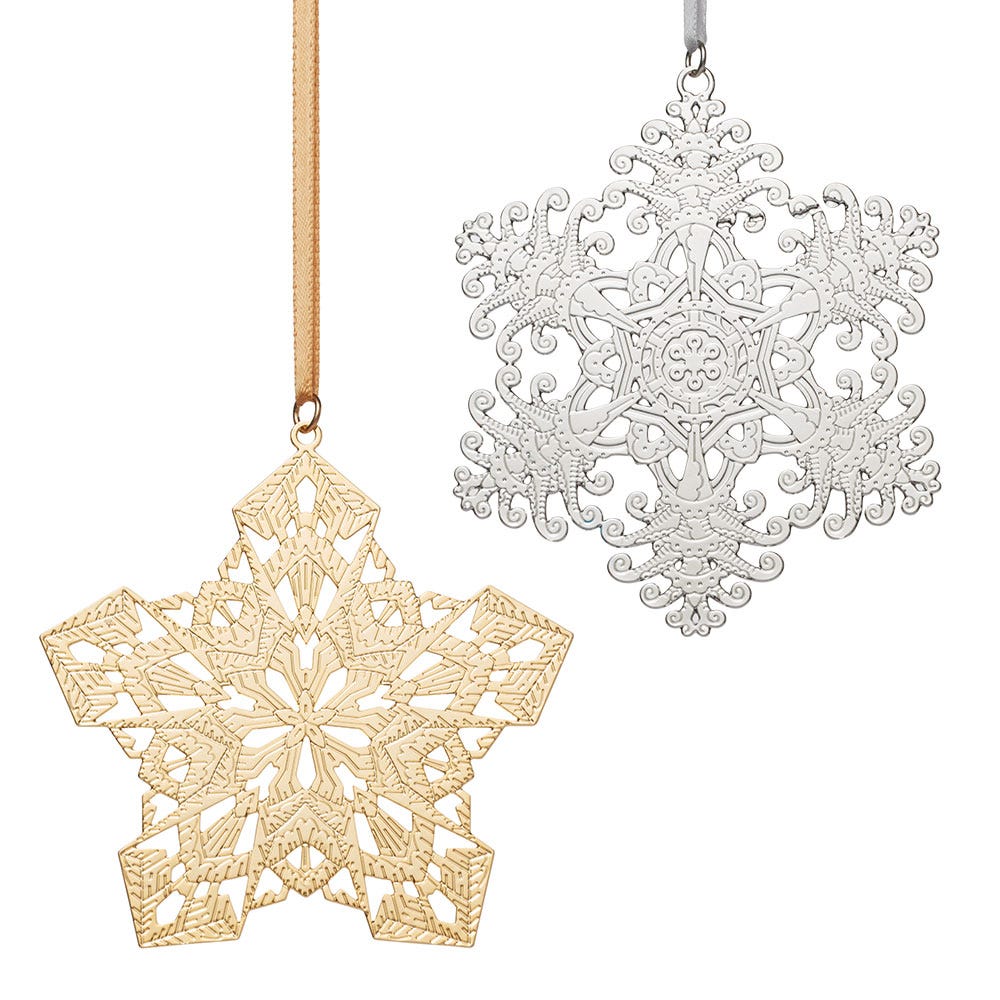
Each holiday season, The Met Store presents a new Star and Snowflake Ornament inspired by the Museum’s treasured collection. The year 2022, which marks the 50th anniversary of our collectible star ornaments, called for a special design worthy of this golden jubilee, and who better to inspire this year’s offerings than the fabulous Christopher Dresser (British, 1834–1904)?
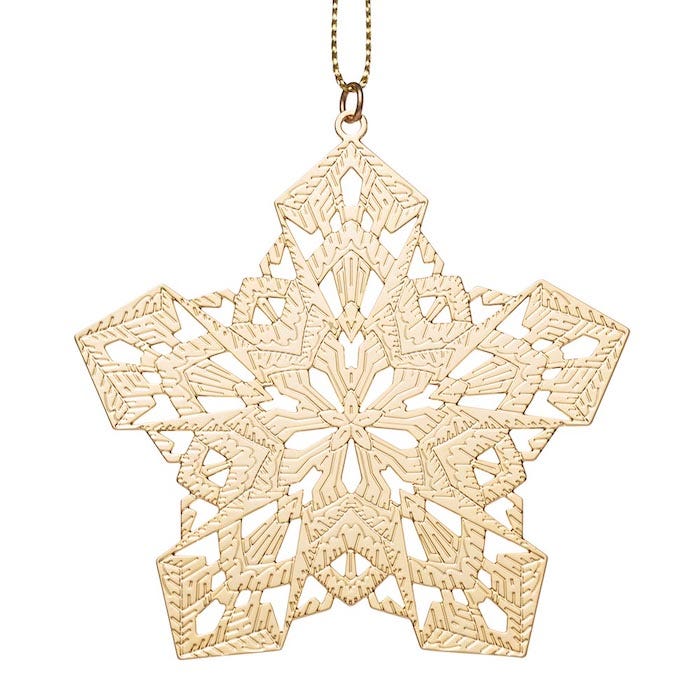

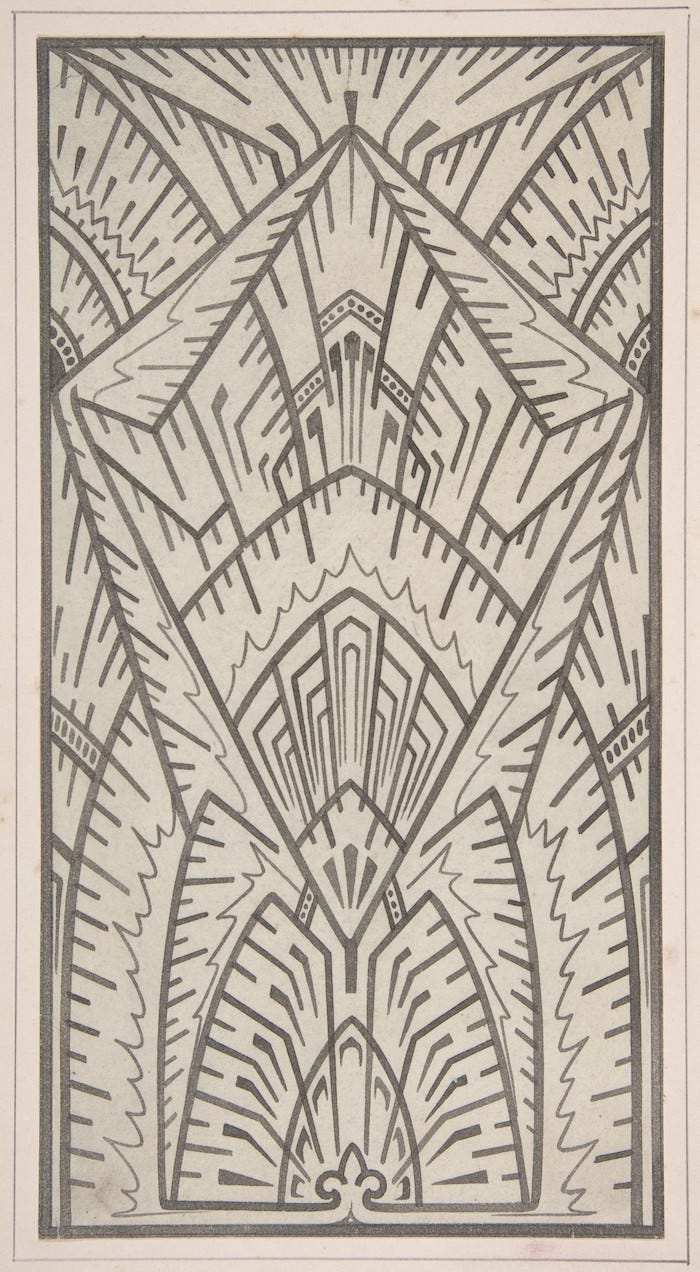

A prolific designer of furniture as well as silver, glass, and ceramic objects, Dresser was a significant associate of the design reform movement, which prompted a reappraisal of the 19th-century British design ethos. Mass production was creating a moral crisis; items manufactured to imitate laborious craftsmanship and valuable materials were seen as corruptive to the consumer and society by proxy. Dresser agreed that design could “exalt or debase a nation,” and came up with a code of ethics in response. Designers, he proposed, should create by the principles of Truth (scrutiny of materials), Beauty (timeless perfection), and Power (strength and endurance of ornament). Knowledge, born from Truth and Beauty, is Power.
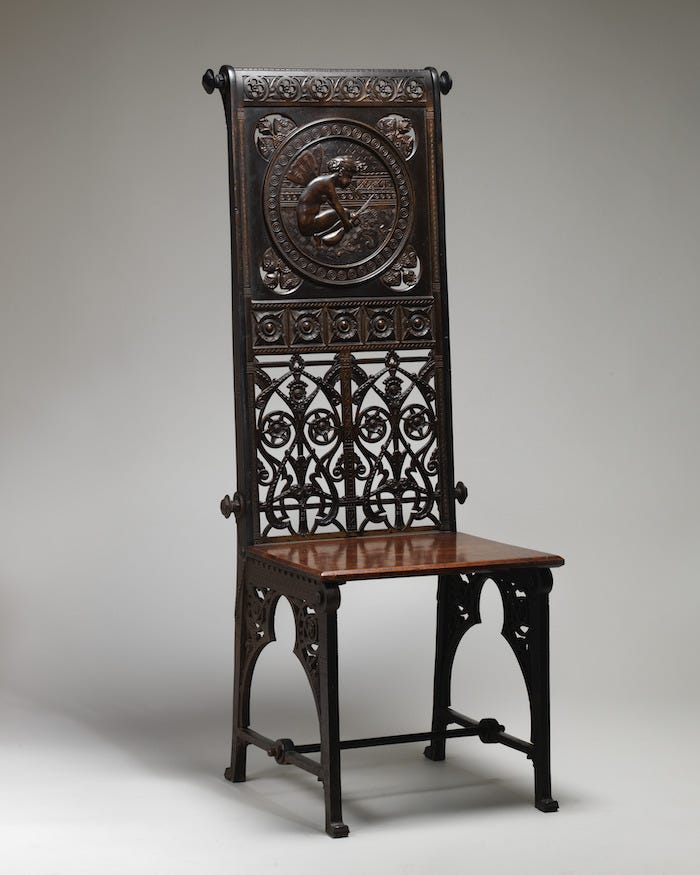

Dresser is considered the first industrial designer for the way he united modern technology with the quality and vision of an artisan. Much like his contemporary, William Morris (British, 1834–1896), he understood that good design requires an artful touch. Unlike Morris, however, who flat-out rejected manufacturing, Dresser embraced the capabilities of the machine.
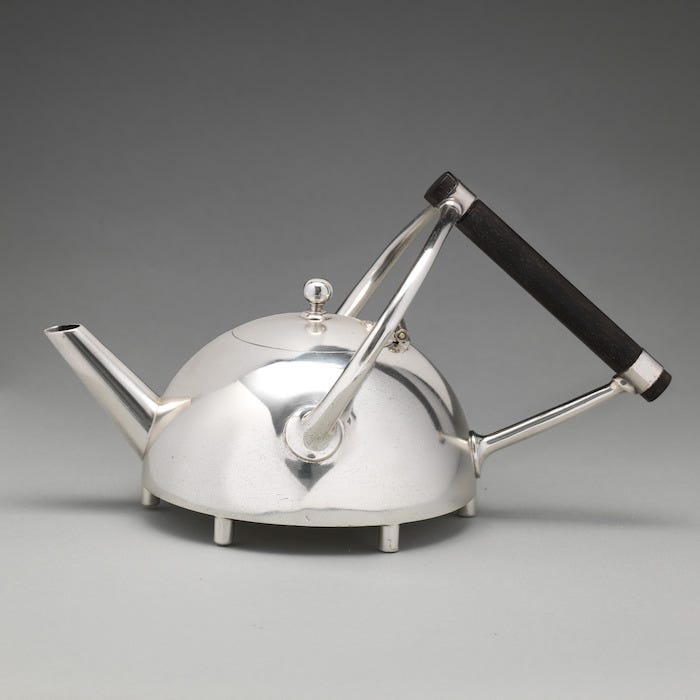

Dresser designed for multiple British firms such as Hukin & Heath (1855–1953), James Dixon & Sons (founded Sheffield, 1806), Worcester Factory (1751–2008), and Mintons (1793–present). His style reflects the profound influence of leading Victorian designers such as Augustus Welby Northmore Pugin (British, 1812–1852), who famously conceived of the neo-Gothic interiors in London’s Palace of Westminster, as well as the aesthetics of other cultures and nations—especially Japan. The 1862 International Exhibition in London introduced Dresser to Japanese design, and he would eventually travel to Japan to observe the nuances of Japanese art forms firsthand. His popular book Japan: Its Architecture, Art, and Art Manufactures (1882) piqued the European taste for Japanese motifs, which evolved into a craze known as Japonisme.
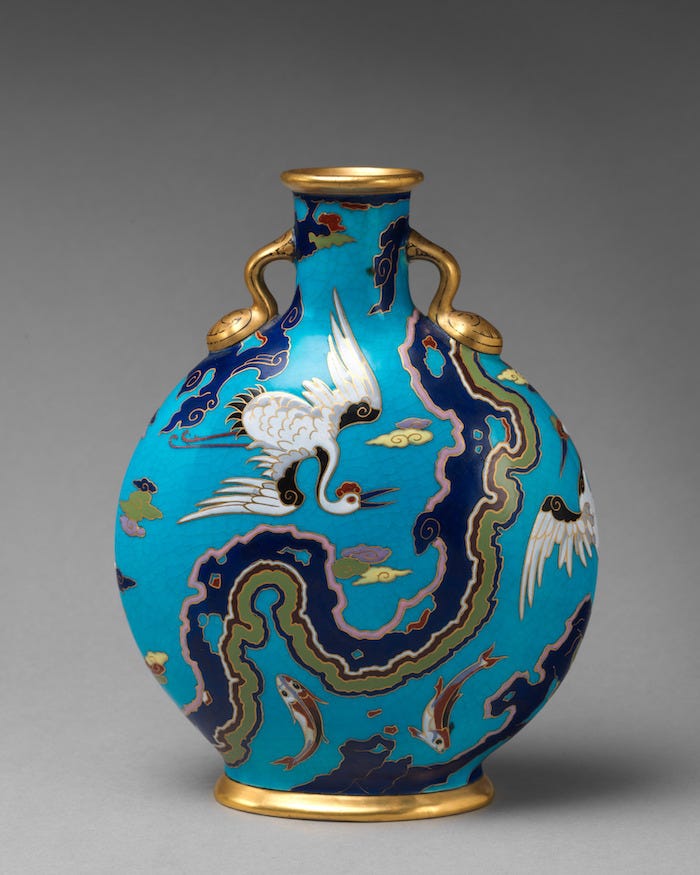

Dresser was also deeply inspired by botanical forms; he published books and essays on botany, lectured at the women’s School of Design, received a doctorate in absentia in the subject from the University of Jena in Germany, and was elected a Fellow of both the Edinburgh Botanical Society and the Linnean Society. He closely followed the work of the ornamentalist Owen Jones (British, 1809–1874), who wrote in his celebrated treatise The Grammar of Ornament that “Flowers and other natural objects should not be used as ornaments, but conventional representations…” and “All ornament should be based upon a geometrical construction.”
The mesmerizing motifs that inspired our 2022 Star and Snowflake ornaments reflect Jones’s guidance. Both characteristically geometric, these graphite, ink, and gouache design drawings date to around 1883, and are based on earlier designs. The Met houses a number of Dresser’s designs on paper, which afford fascinating insight into his process.
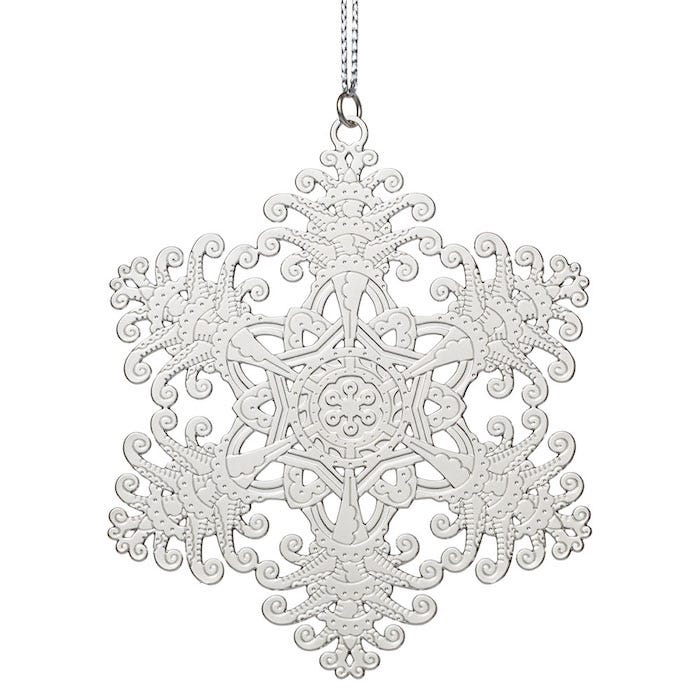

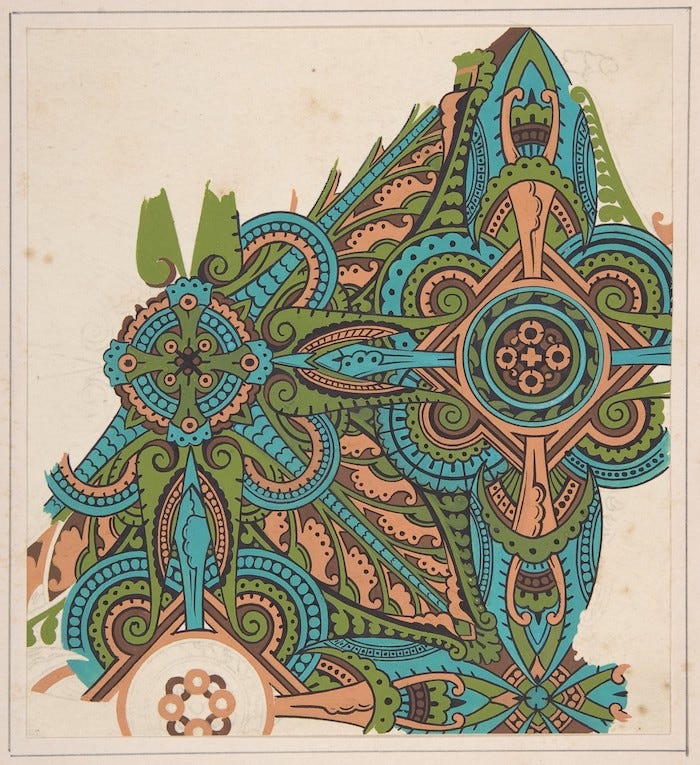

Shop our 2022 Star and Snowflake Ornaments (also available in a sterling silver set) in-store and online, and explore our Blue & White Cranes collection reimagining a tile (ca. 1875) designed by Dresser for Mintons.


